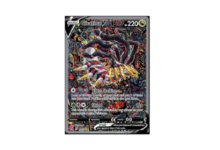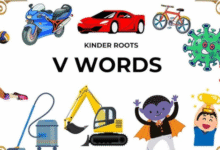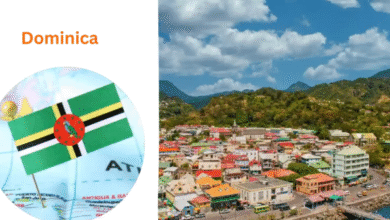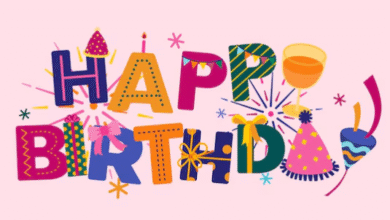Shaw v Reno Explained: A Simple Guide to Fair Voting Maps and Why They Matter
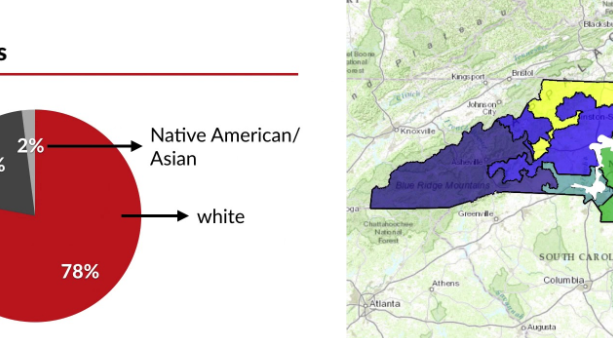
shaw v reno helps people understand why race and lines on maps can matter for fair voting. This court case changed how people look at voting maps. It asked that maps be made with care and clear reasons. Judges worried when lines were drawn mostly by race. The court wanted map makers to avoid dividing people only because of skin color. The rule helps keep voting fair in local areas and cities. Fair maps let different groups choose leaders they trust. Bad maps can make some people feel left out. After this decision, map makers and lawmakers had to explain their work. The case made others think carefully about drawing lines. It teaches that choices in maps can change who wins elections. Schools and groups can use simple checks to spot odd shapes on maps. Learning these checks helps people join talks about voting. This short guide will explain the case in easy words and give clear tips for families and teachers. Let us learn together now.
Many people wonder what the judges decided in the case. The court said that drawing districts only by race can be wrong. It told map makers to be careful and explain why they used race. The decision made clear rules that lower courts must follow. After shaw v reno, maps that look strange or odd may get checked by judges. The case pushed for fair tests and clear reasons. It also showed that people can ask for help in court if they think a map is unfair. Teachers, students, and voters can learn to spot strange lines on maps. When you see a school map or a city map, look at how the lines are drawn. Good maps help communities have a fair voice. Bad maps can make some voices weak. This simple rule from the case helps protect listening to all groups. We will share tips to see fair maps, things to ask, and why the rule matters to kids and families.
What is shaw v reno? A clear and simple start
shaw v reno is a famous case from the United States Supreme Court. The case happened in 1993. It was about voting maps and how they are drawn. The government in North Carolina made a new map for elections. The map had one district that was very long and thin. It looked strange, almost like a snake.
Some people said the map was unfair because it was made mostly based on race. They believed it was made to help one group vote in a stronger way. Other people thought the map was good because it gave a voice to people who were often ignored. The case went to the Supreme Court to decide if the map was right or wrong.
This case became very important because it showed how much maps can change elections. It also taught people that drawing lines is not just a simple job. It can affect who gets power and who does not.
Why shaw v reno matters for fair voting today
The reason shaw v reno matters is because it tells us about fairness. Voting is about giving every person a voice. If maps are drawn unfairly, some people may not feel included. That means their voice is weaker in choosing leaders.
The Supreme Court said that race cannot be the main reason for making districts. If a map looks too strange, it may show that race was the main reason. That is why courts must check maps that look very odd. This case helped set a rule for all map makers.
Even today, when new maps are made after the census, people look at this rule. It reminds leaders to be careful and fair. It also reminds citizens that they can ask questions about their voting maps. Fair maps protect the idea of one person, one vote.
How judges check if a map looks strange
When judges look at a map, they ask some simple questions. Does the map look normal or does it look very odd? Are the lines shaped in a clear way, or do they twist and turn? Does the map break up communities or keep them together?
In shaw v reno, the judges saw a district that was very thin and winding. It was hard to explain why it was drawn that way unless race was the reason. That made them think the map was not fair.
Today, judges still use this way of thinking. If a district looks like a snake, a hook, or a puzzle piece, people can question it. Strange shapes often mean something is wrong.
Shaw v Reno: a very simple map example you can draw
Let’s imagine you draw a map of your classroom. You split the seats into groups. You can make four groups with square shapes. Everyone feels fair. But what if you draw one group that is long and thin, winding across the room? That group will look strange. People may ask, why is it like that?
This is the same with voting maps. If the shapes look normal, people feel okay. If they look like snakes or zigzags, people may feel tricked. shaw v reno teaches us to look at shapes and ask questions.
How shaw v reno changed rules for map makers
Before this case, some map makers thought it was okay to draw districts mostly based on race. After shaw v reno, they learned that it is not okay. Race can be one part of the decision, but it cannot be the only reason.
This case gave power to courts to check maps. It also gave power to citizens to complain if they saw unfair maps. Map makers had to explain their choices more clearly. That means maps became more open and fair.
Signs of an unfair map — easy things kids can spot
You do not need to be a lawyer to see signs of a bad map. Here are simple things even kids can notice:
- The map has very strange shapes, like a snake or hook.
- Communities that are close together are split apart.
- The district goes around houses just to include or exclude people.
If you see these things, it may be unfair. shaw v reno teaches us that fair maps should look simple and balanced.
How families can talk about voting maps at home
Families can make learning about voting maps fun and simple. Parents can draw shapes on paper and ask kids if they look fair. They can show how splitting shapes in a strange way can change the outcome.
Talking about shaw v reno can also help families understand why voting is serious. It shows that every person’s voice matters, and unfair maps hurt that voice.
What to do if a map seems unfair in your town
If someone thinks a map is unfair, they can ask questions. They can go to local meetings and share their ideas. They can also join groups that care about fair voting. In the United States, people can even go to court.
shaw v reno shows that one case can change big rules. So, if you think something is wrong, you can speak up. Change can start from one voice.
Easy steps to check your local voting map
Here are some steps anyone can try:
- Look at the shape of the district. Does it look simple?
- Ask if the map keeps neighborhoods together.
- Check if the map splits groups without a good reason.
- Learn who made the map and why.
These steps come from the spirit of shaw v reno. They help people protect fairness.
Questions teachers can ask about shaw v reno in class
Teachers can use this case to teach kids about fairness and community. Some good questions are:
- What makes something fair?
- Why should maps be easy to understand?
- How can one case change the rules for everyone?
These questions make learning about law fun and simple.
Glossary: small words to know about maps and voting
- District: An area on a map where people vote for a leader.
- Census: A count of how many people live in a place.
- Supreme Court: The highest court in the United States.
- Race: A way people are grouped by skin color or background.
- Gerrymandering: Making strange maps to help one group win.
Conclusion
shaw v reno is not just about one map in North Carolina. It is about fairness for all people. The case taught America that race cannot be the main reason for making districts. It showed that strange shapes may be a warning sign of unfairness.
Today, the rules from shaw v reno still guide how maps are made. They remind us that every vote matters, and every person deserves a fair voice. This case is a lesson for families, teachers, and kids. It shows that even lines on a map can change the future.
FAQs
Q: What year was shaw v reno decided?
A: It was decided in 1993.
Q: Why is shaw v reno important?
A: Because it set rules to stop unfair maps based mostly on race.
Q: What was strange about the map in this case?
A: It was very long and thin, shaped almost like a snake.
Q: Can race be used at all in maps?
A: Yes, but it cannot be the only reason.
Q: How can I check if my map is fair?
A: Look for simple shapes, united communities, and clear reasons for lines.
